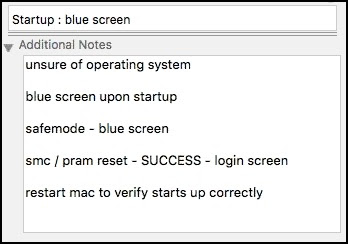Google Apple Search
Disk Utility (El Capitan): Repair a disk
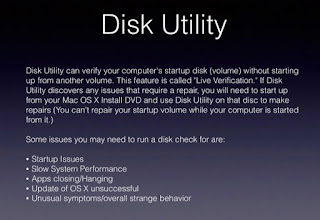
When the Apple logo appears, you can release the keys.
Click Disk Utility, then click Continue.
In the sidebar, select the disk you want to repair.
Click the First Aid button.
Click Repair Disk.
If Disk Utility reports that the disk appears to be OK or has been repaired, you’re done. Otherwise, you may need to do one of the following.
If Disk Utility reports “overlapped extent allocation” errors, two or more files occupy the same space on your disk, and at least one of them is likely to be corrupted. You need to check each file in the list of affected files. Most of the files in the list have aliases in a DamagedFiles folder at the top level of your disk.
- If you can replace a file or re-create it, delete it.
- If it contains information you need, open it and examine its data to make sure it hasn’t been corrupted.
If Disk Utility can’t repair your disk or it reports “The underlying task reported failure,” try to repair the disk or partition again. If that doesn’t work, back up as much of your data as possible, reformat the disk, reinstall OS X, then restore your backed-up data.
If your Mac has a Fusion Drive and you see a flashing question mark or alert, see the troubleshooting section of the Apple Support article About Fusion Drive.
If you continue to have problems with your disk or it can’t be repaired, it may be physically damaged and need to be replaced.
How to Boot in Safe Mode

How to Reinstall the OS X

How to Reset the PRAM/NVRAM
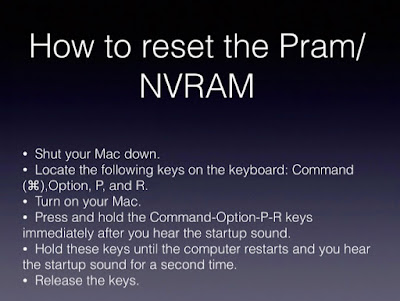
Reset the PRAM/NVRAM

Reset the SMC
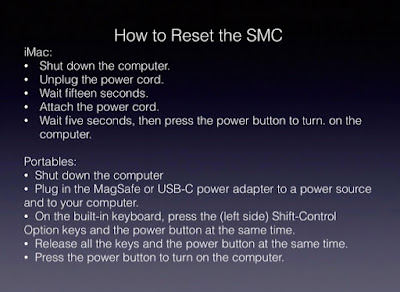
Restart Mac

Safe Mode
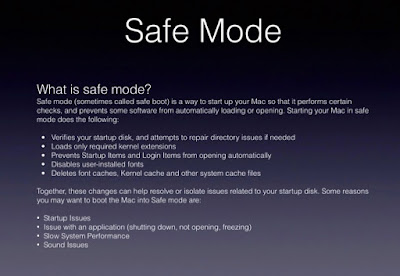
Startup Blue Screen
